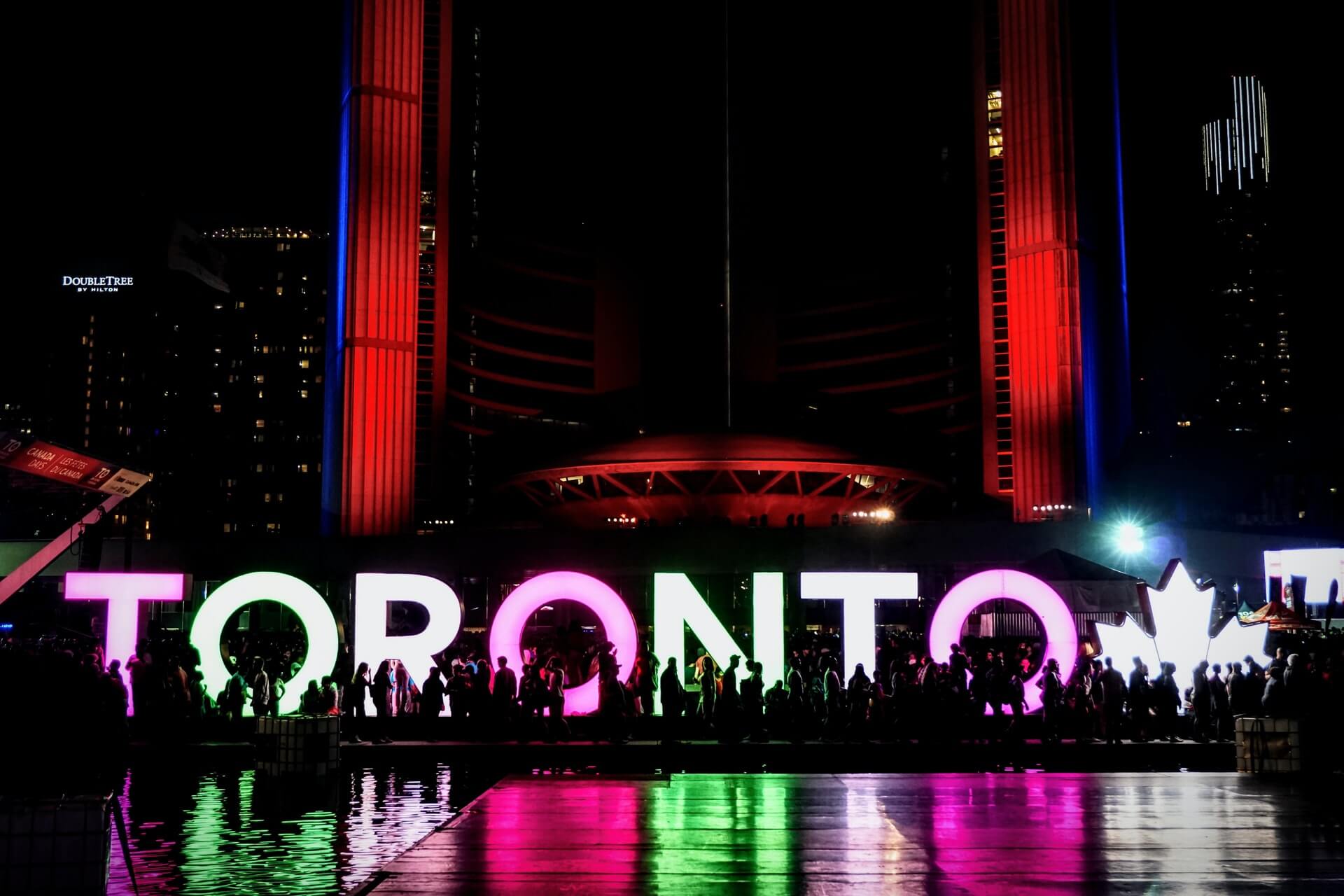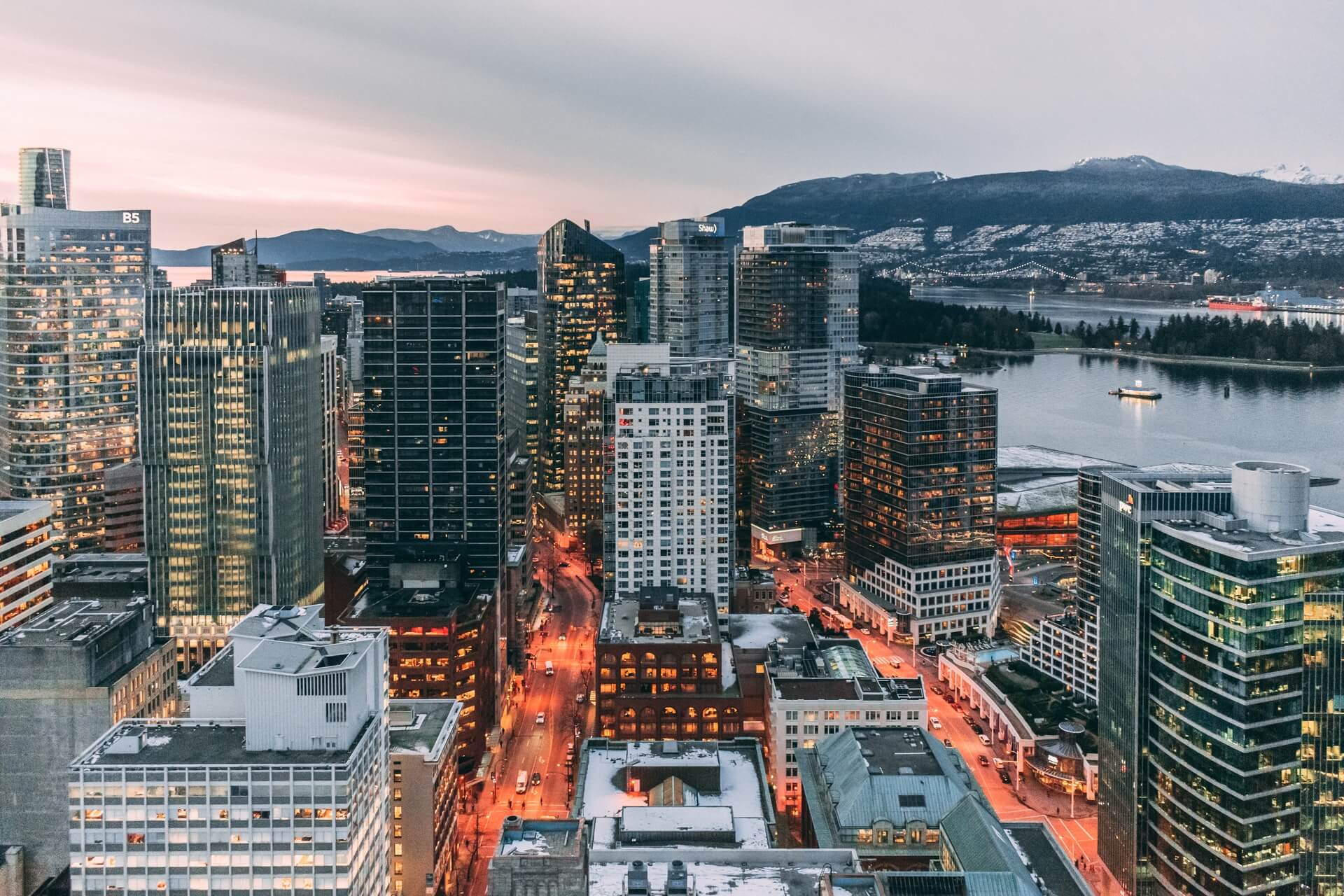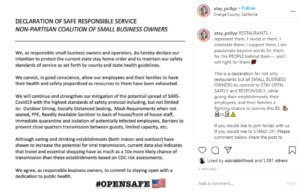Mask Mandates, Recommendations Return
by David Klemt

Pointing to vaccination hesitation, vaccination refusal, and rises in Covid-19 cases, some cities are mandating masks indoors.
Importantly, mandates and recommendations are coming down irrespective of vaccination status.
Of course, many people are unhappy about this news. Much of the backlash includes the claim that a return to masks proves vaccines don’t work.
However, others point to variants—in particular, Delta—spreading via the unvaccinated and unmasked.
Unfortunately, continuing divisiveness means hospitality and other frontline workers are again at risk for hostile confrontations.
Los Angeles County, California
If you’re an operator in Los Angeles County, masks indoors aren’t just a recommendation. An indoor mask mandate went into effect on Saturday, July 17.
Just a month prior, embattled Governor Gavin Newsom proudly announced California’s unrestricted reopening.
Now, the more cynical among us see Gov. Newsom’s June reopening as a bid to stave off recall efforts. However, recall ballots will go out to Californians next month.
Per reporting, California’s Covid-19 infection rate is close to tripling. Los Angeles County health officials say the indoor mask mandate comes out of an overabundance of caution.
On a different note, health officials expect the state’s vaccination rate to effectively combat a spike in infection rates. The current rate isn’t expected to match or surpass those of prior peaks in the state.
As far as mandate details, it’s quite simple: Masks are required for everyone indoors, regardless of their vaccination status.
According to reports, an additional ten California counties are recommending masks indoors. No word yet on if other counties—or the state as a whole—will announce mask mandates. Nor is there an end date for LA County’s current mandate.
Southern Nevada
While not a mandate, the Southern Nevada Health District is recommending people, regardless of vaccination status, wear masks indoors.
Unsurprisingly, Las Vegas is experiencing an influx of visitors. With vaccination rates on the decline and infection rates on the rise, health officials are concerned.
More than 2.9 million visitors flocked to Las Vegas in May. Clark County, Nevada, which includes Las Vegas, has a population of over two million.
Of course, it’s important to remember that, for now, wearing masks indoors is a recommendation. However, some resorts and casinos—Westgate and the Venetian among them—now require their employees to wear face masks.
So far, neither Las Vegas, Clark County or Nevada have implemented a mandate. Of course, that could change and a mandate may be in the wings.
Orange County, Florida
Much of the news of returning mask mandates and recommendations focuses on Los Angeles and Las Vegas.
In fact, some critics are attacking Nevada Governor Steve Sisolak, accusing him of blindly following Gov. Newsom.
Interestingly, though, is that a mayor in Florida is also recommending face masks.
Mayor Jerry Demings of Orange County recommends wearing masks indoors, vaccination status notwithstanding. The phrasing of the mayor’s announcement refers to the suggestion as an “official recommendation.” However, no mandate is in place currently.
Frontline Risks
Clearly, mask mandates and even recommendations are going to anger some of the population.
Unfortunately, hospitality workers (and those in other public-facing industries) are once again at risk of confrontations. Even without mandates, some businesses that choose to require masks experience hostility.
The last thing America needs is more divisiveness, anger, and potential for confrontations.
Millions of hospitality professionals have left the industry for good. One factor leading to those losses has been concern for safety due to people angry over mask and vaccine requirements.
Obviously, operators must do whatever’s in their power to ensure the safety of their team members and guests. Leadership must not only convey their support for their employees, they must stand behind that messaging with their actions.
In cities where masks mandates and recommendations return, operators need to focus on safety as much as employee retention. Indeed, the former aids the latter, which aids recruiting and hiring.
Image: Daniel Lee on Unsplash





